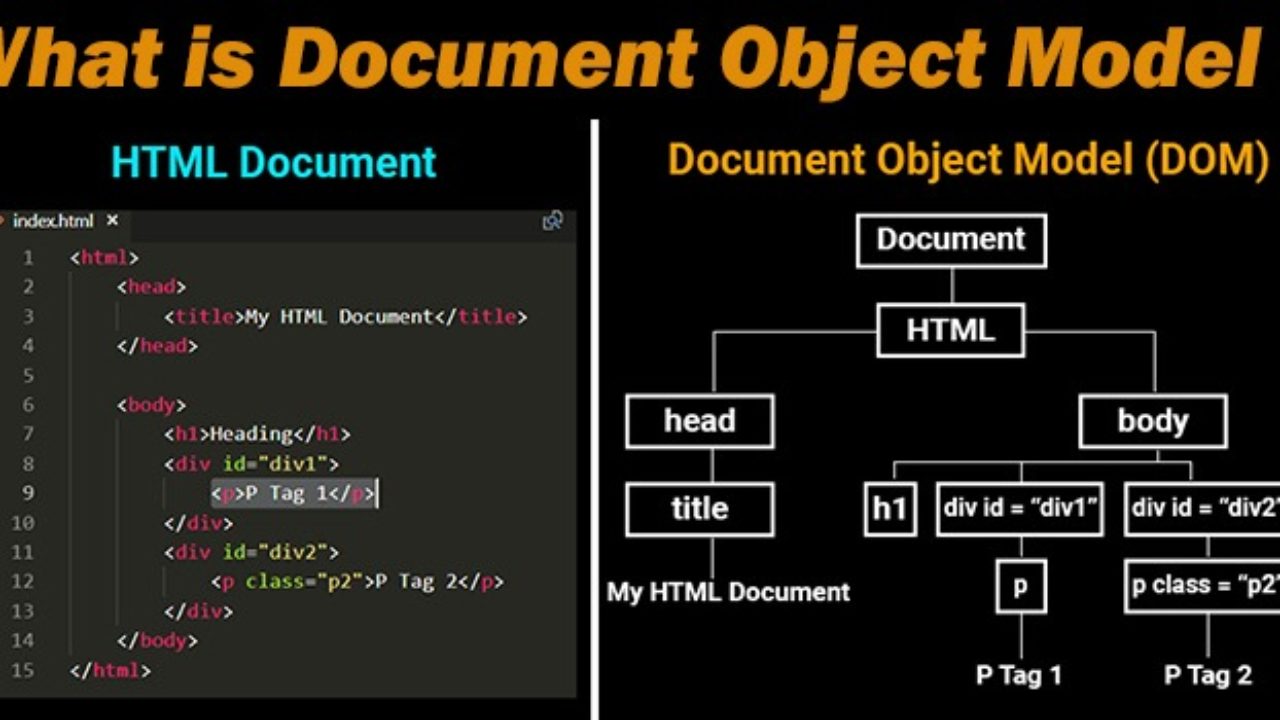The Document Object Model (DOM) is a cross-platform and language-independent interface that allows programs and scripts to dynamically access and update the content, structure, and style of a webpage. It is used mainly to connect web pages to scripts or programming languages. DOM also connects dynamic content of webpages to communication between client-side applications and the server.
The DOM is based on an object-oriented model of data accessed through an API, often referred to as the DOM tree. The nodes of this tree can be accessed in order to manipulate both the content and the structure of a document. This document tree can be traversed, searched, modified, and manipulated, and the changes made are immediately reflected in the DOM tree’s representation of the document’s structure.
The DOM was introduced in 1996 and is currently maintained by the World Wide Web Consortium (W3C). It is supported by the majority of modern web browsers, including Chrome, Firefox, Internet Explorer, Safari, and Edge.
The DOM is an important part of modern web development because it allows web developers to create elaborate webpages with complicated interactions between browser and server. It also forms the foundation for many web development libraries and frameworks, such as React and Angular. Furthermore, DOM manipulation is often used in cybersecurity to identify and respond to malicious cross-site scripting (XSS) attacks.






